Home>Home Appliances>Home Automation Appliances>What Does A Thermostat Do If It Gets Too Hot
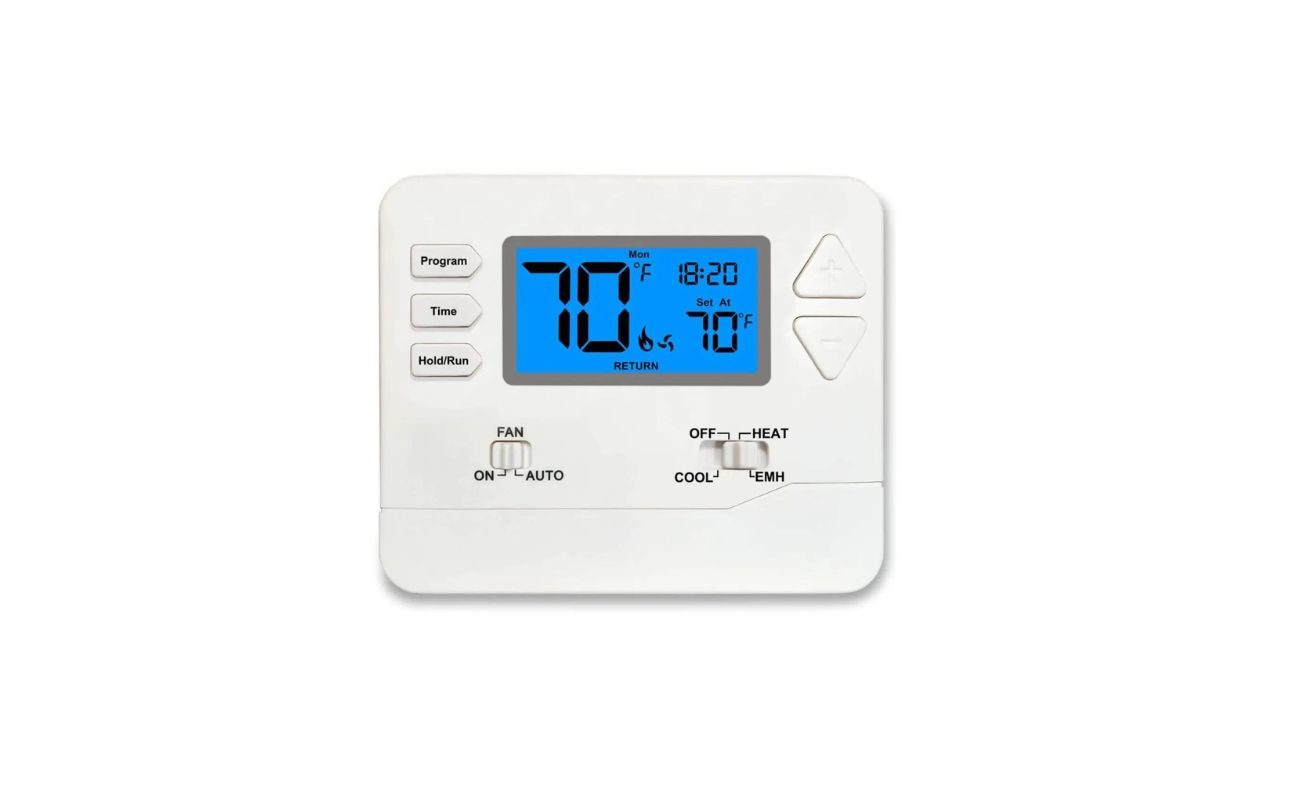

Home Automation Appliances
What Does A Thermostat Do If It Gets Too Hot
Published: January 1, 2024
Learn how a thermostat responds to overheating and how it's essential for home automation appliances. Find out what happens when a thermostat gets too hot.
(Many of the links in this article redirect to a specific reviewed product. Your purchase of these products through affiliate links helps to generate commission for Storables.com, at no extra cost. Learn more)
**
Introduction
**
Welcome to the world of home automation, where the convenience of modern technology meets the comfort of your living space. In this realm, thermostats play a crucial role in maintaining the perfect temperature within your home. However, have you ever wondered what happens if a thermostat gets too hot? In this article, we will delve into the inner workings of thermostats, explore the potential consequences of overheating, and discuss effective preventive measures.
Thermostats are the unsung heroes of climate control, quietly orchestrating the balance between warmth and coolness in our homes. While we often take these devices for granted, understanding their functionality can shed light on the importance of proper maintenance and care. Join us as we unravel the mysteries of thermostat overheating and equip you with the knowledge to ensure your home remains a comfortable haven, no matter the season.
Key Takeaways:
- Thermostats are like the guardians of your home’s temperature, but they can get sick from too much heat! Overheating can make them act weird, break down, and even cause safety risks.
- To keep your thermostat healthy, make sure it’s not too close to hot stuff, keep it clean, and get it checked regularly. Smart thermostats can also help prevent overheating and save energy!
Read more: Why Is My Hot Tub Getting Too Hot
How Does a Thermostat Work?
Before delving into the potential repercussions of thermostat overheating, let’s first explore the fundamental principles behind the functionality of these indispensable devices.
At its core, a thermostat serves as the command center for your heating, ventilation, and air conditioning (HVAC) system. It operates by monitoring and regulating the temperature of your living space, ensuring that it remains at the desired level for optimal comfort. Most modern thermostats are equipped with advanced sensors that detect even the slightest fluctuations in temperature, allowing for precise adjustments to maintain a consistent climate.
When the temperature deviates from the preset comfort level, the thermostat signals the HVAC system to either activate the heating or cooling mechanisms. For instance, if the ambient temperature drops below the designated threshold during the chilly winter months, the thermostat prompts the heating system to kick in, restoring warmth to the environment. Conversely, when the mercury rises above the desired range in the sweltering summer heat, the thermostat triggers the air conditioning to bring relief.
The evolution of thermostats has ushered in a new era of smart technology, with many models featuring programmable settings and wireless connectivity. This enables homeowners to customize temperature schedules based on their daily routines, ultimately optimizing energy efficiency and reducing utility costs. Furthermore, smart thermostats can be remotely controlled via smartphone apps, granting users unprecedented flexibility and convenience in managing their home climate.
In essence, a thermostat functions as the vigilant guardian of your indoor comfort, tirelessly monitoring temperature variations and orchestrating the HVAC system’s response to maintain an ideal environment. By comprehending the intricate mechanisms at play, homeowners can develop a deeper appreciation for the pivotal role that thermostats play in sustaining a cozy and welcoming home atmosphere.
What Happens When a Thermostat Gets Too Hot?
While thermostats are designed to regulate temperature, they are not immune to the effects of excessive heat. When a thermostat becomes too hot, several potential issues may arise, compromising its functionality and, in some cases, posing safety hazards.
One of the primary consequences of thermostat overheating is the impairment of its internal components. Excessive heat can lead to the degradation of sensitive electronic circuitry within the device, causing malfunctions and erratic behavior. This can manifest as inaccurate temperature readings, unresponsive controls, or even complete system failure, disrupting the seamless operation of the HVAC system.
Furthermore, prolonged exposure to high temperatures can accelerate wear and tear on the thermostat, diminishing its longevity and reliability. The heat-induced stress on the device’s mechanical and electrical elements may result in reduced performance and increased susceptibility to malfunctions, necessitating costly repairs or premature replacement.
In addition to the potential damage to the thermostat itself, overheating can also impact the surrounding environment. In some cases, excessive heat emanating from a malfunctioning thermostat can raise the ambient temperature in its vicinity, leading to discomfort and potential safety concerns for occupants. Moreover, if the thermostat is located in close proximity to flammable materials, the risk of fire hazards may be heightened, underscoring the importance of promptly addressing any overheating issues.
It is important to note that thermostat overheating can also trigger safety mechanisms within the HVAC system, leading to automatic shutdowns or reduced performance to prevent further escalation of the issue. While these protective measures are essential for averting potential hazards, they can result in compromised comfort and inconvenience for the occupants until the underlying problem is resolved.
Ultimately, when a thermostat gets too hot, the ramifications extend beyond the device itself, impacting both its operational integrity and the comfort and safety of the surrounding environment. As such, proactive measures to prevent thermostat overheating are paramount in preserving the efficiency and reliability of these indispensable climate control devices.
If a thermostat gets too hot, it can malfunction and fail to regulate the temperature properly. This can lead to overheating and potential damage to the heating system. It’s important to regularly check and maintain your thermostat to ensure it’s working correctly.
Consequences of Overheating
When a thermostat succumbs to overheating, a cascade of detrimental consequences can ensue, affecting both the device itself and the overall comfort and safety of the living space it regulates. Understanding the potential repercussions of thermostat overheating is essential for preemptive maintenance and prompt resolution of any arising issues.
One of the immediate consequences of thermostat overheating is the impairment of its accuracy and responsiveness. Elevated temperatures can disrupt the precision of the thermostat’s sensors and internal components, leading to erratic temperature readings and inconsistent performance. This can result in inadequate climate control, with the potential for discomfort and inconvenience for occupants.
Furthermore, overheating can compromise the structural integrity of the thermostat, accelerating wear and tear and diminishing its operational lifespan. The excessive heat can induce premature aging of electronic components, potentially leading to system malfunctions and necessitating costly repairs or replacement. This not only incurs financial implications but also disrupts the seamless operation of the HVAC system, impacting the overall comfort and convenience of the home environment.
In addition to the internal repercussions, thermostat overheating can pose safety hazards, particularly if the device is located in close proximity to flammable materials. The risk of fire hazards increases when a malfunctioning thermostat emits excessive heat, potentially endangering the occupants and property. As such, addressing thermostat overheating promptly is crucial for mitigating potential safety risks and preserving the well-being of the home and its inhabitants.
Moreover, the consequences of thermostat overheating extend beyond the device itself, impacting the efficiency and performance of the HVAC system. An overheated thermostat can trigger protective mechanisms within the HVAC system, leading to automatic shutdowns or reduced functionality to prevent further escalation of the issue. This can result in compromised comfort and inconvenience for occupants until the underlying problem is resolved, underscoring the far-reaching implications of thermostat overheating.
In summary, the consequences of thermostat overheating encompass a spectrum of detrimental effects, encompassing accuracy and reliability issues, safety hazards, and disruptions to the overall climate control system. By recognizing these potential ramifications, homeowners can prioritize proactive measures to prevent overheating and safeguard the efficiency and safety of their home environment.
How to Prevent a Thermostat from Getting Too Hot
Proactively safeguarding your thermostat from overheating is essential for ensuring its longevity, optimal performance, and the safety of your home environment. By implementing preventive measures and adhering to regular maintenance practices, you can mitigate the risk of thermostat overheating and preserve the efficiency of your climate control system.
One of the primary steps in preventing thermostat overheating is to ensure proper installation and positioning of the device. It is advisable to mount the thermostat away from heat sources, direct sunlight, and electronic appliances that emit heat, as these factors can contribute to elevated temperatures around the device. Additionally, maintaining adequate ventilation around the thermostat can aid in dissipating excess heat and preventing the accumulation of thermal stress.
Regular inspection and cleaning of the thermostat and its surroundings are crucial for preempting overheating issues. Dust and debris accumulation can impede the device’s ventilation and heat dissipation capabilities, potentially leading to elevated temperatures. Periodically removing any obstructions and ensuring the thermostat’s vents remain unobstructed can help mitigate the risk of overheating.
Conducting routine maintenance and servicing of the HVAC system, including the thermostat, is instrumental in preempting overheating. Ensuring that the HVAC system is clean, well-maintained, and free from obstructions can alleviate undue stress on the thermostat and prevent excessive heat buildup. Additionally, scheduling professional inspections and tune-ups can identify and address potential issues before they escalate, preserving the efficiency and safety of the entire climate control system.
Investing in a smart or programmable thermostat can offer enhanced temperature control and energy efficiency, reducing the likelihood of overheating. These advanced thermostats enable precise scheduling and remote monitoring, allowing homeowners to optimize temperature settings and detect any anomalies that may indicate potential overheating. Furthermore, smart thermostats often feature built-in safeguards and self-diagnostic capabilities, providing an added layer of protection against overheating issues.
Lastly, remaining vigilant for any signs of thermostat malfunction or overheating, such as erratic temperature readings or unusual heat emission, is crucial for prompt intervention. Addressing any anomalies or performance irregularities immediately can prevent the escalation of overheating issues and minimize the potential repercussions on the HVAC system and home environment.
By adhering to these preventive measures and integrating proactive thermostat maintenance into your home care routine, you can fortify your climate control system against the perils of overheating, ensuring reliable performance, energy efficiency, and the safety and comfort of your living space.
Read more: Why Do My Electric Stove Burners Get Too Hot
Conclusion
As we conclude our exploration of thermostat overheating, it becomes evident that these unassuming devices play a pivotal role in sustaining the comfort and safety of our homes. From orchestrating the precise regulation of temperature to safeguarding against potential hazards, thermostats are indispensable components of our climate control systems.
Understanding the inner workings of thermostats and the potential consequences of overheating empowers homeowners to prioritize preventive measures and proactive maintenance. By ensuring proper installation, regular cleaning, and professional servicing of the HVAC system, individuals can mitigate the risk of thermostat overheating and preserve the efficiency and longevity of these essential devices.
Moreover, the advent of smart and programmable thermostats offers advanced features that not only optimize temperature control and energy efficiency but also incorporate built-in safeguards against overheating. Embracing these innovative technologies can further fortify the resilience of your home climate control system and provide peace of mind in safeguarding against potential overheating issues.
Ultimately, the vigilance and care exercised in preventing thermostat overheating contribute to the seamless operation of the HVAC system, the preservation of energy resources, and the creation of a safe and comfortable living environment. By recognizing the significance of thermostat maintenance and the potential repercussions of overheating, homeowners can embark on a journey of proactive home care, ensuring that their climate control systems remain steadfast guardians of indoor comfort.
As we bid adieu, armed with newfound knowledge and insights, let us embrace the responsibility of nurturing our thermostats and HVAC systems, fostering a harmonious coexistence between modern technology and the sanctuary of our homes.
Frequently Asked Questions about What Does A Thermostat Do If It Gets Too Hot
Was this page helpful?
At Storables.com, we guarantee accurate and reliable information. Our content, validated by Expert Board Contributors, is crafted following stringent Editorial Policies. We're committed to providing you with well-researched, expert-backed insights for all your informational needs.
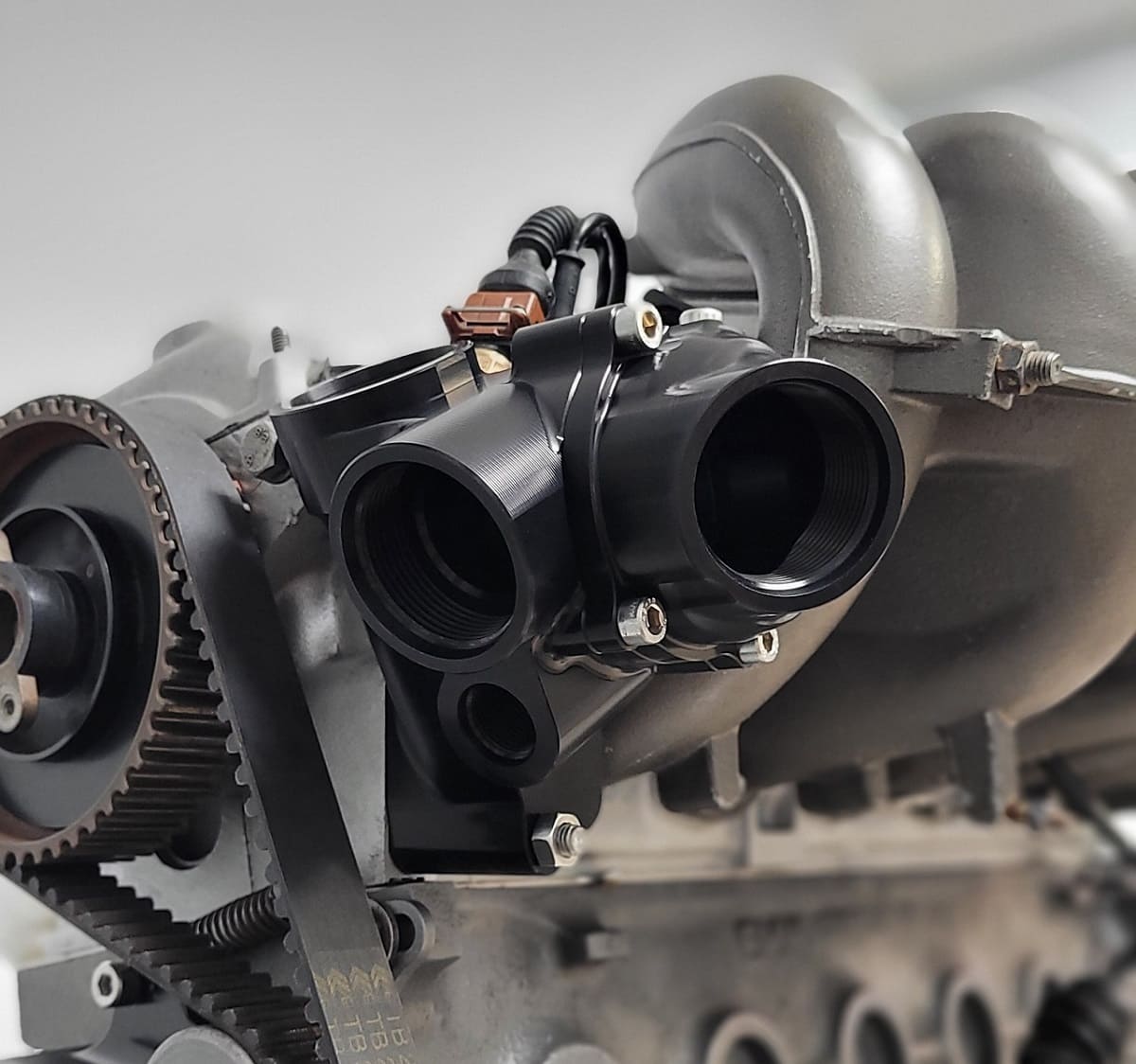
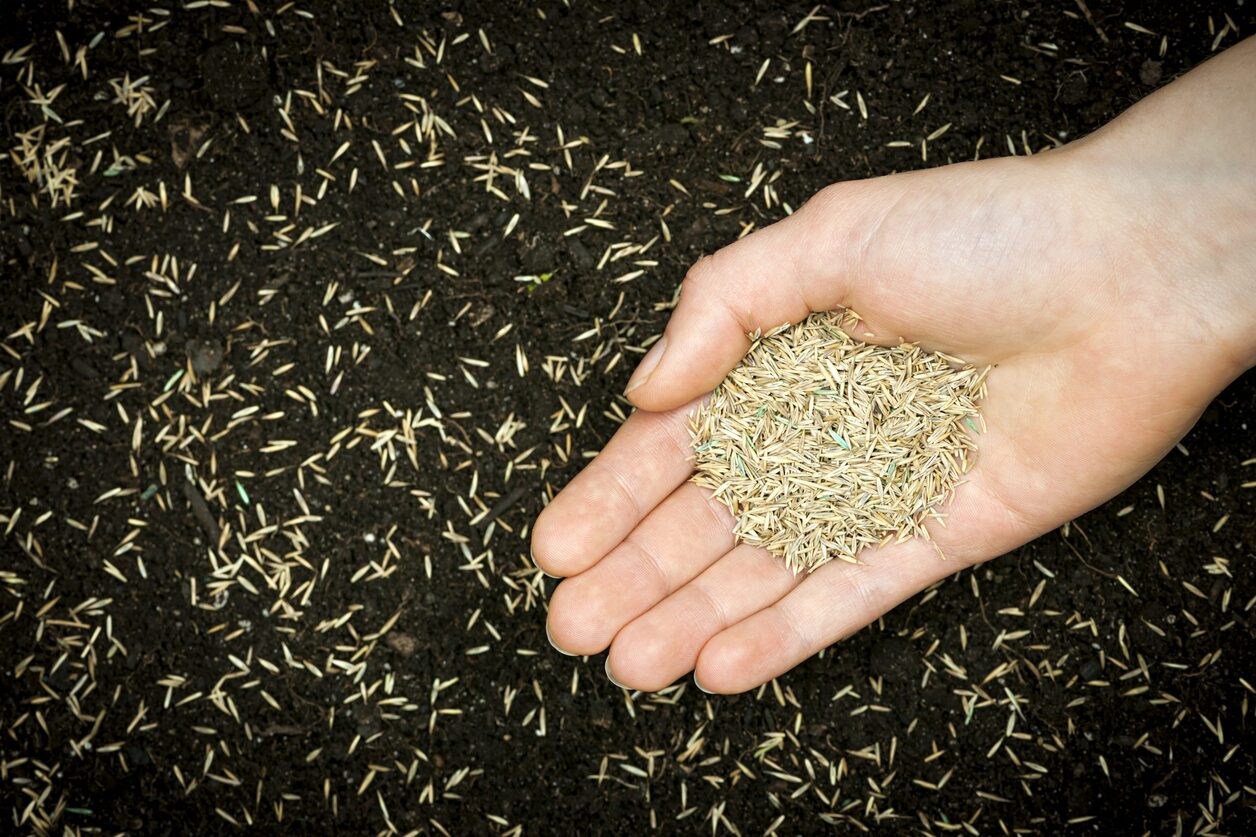




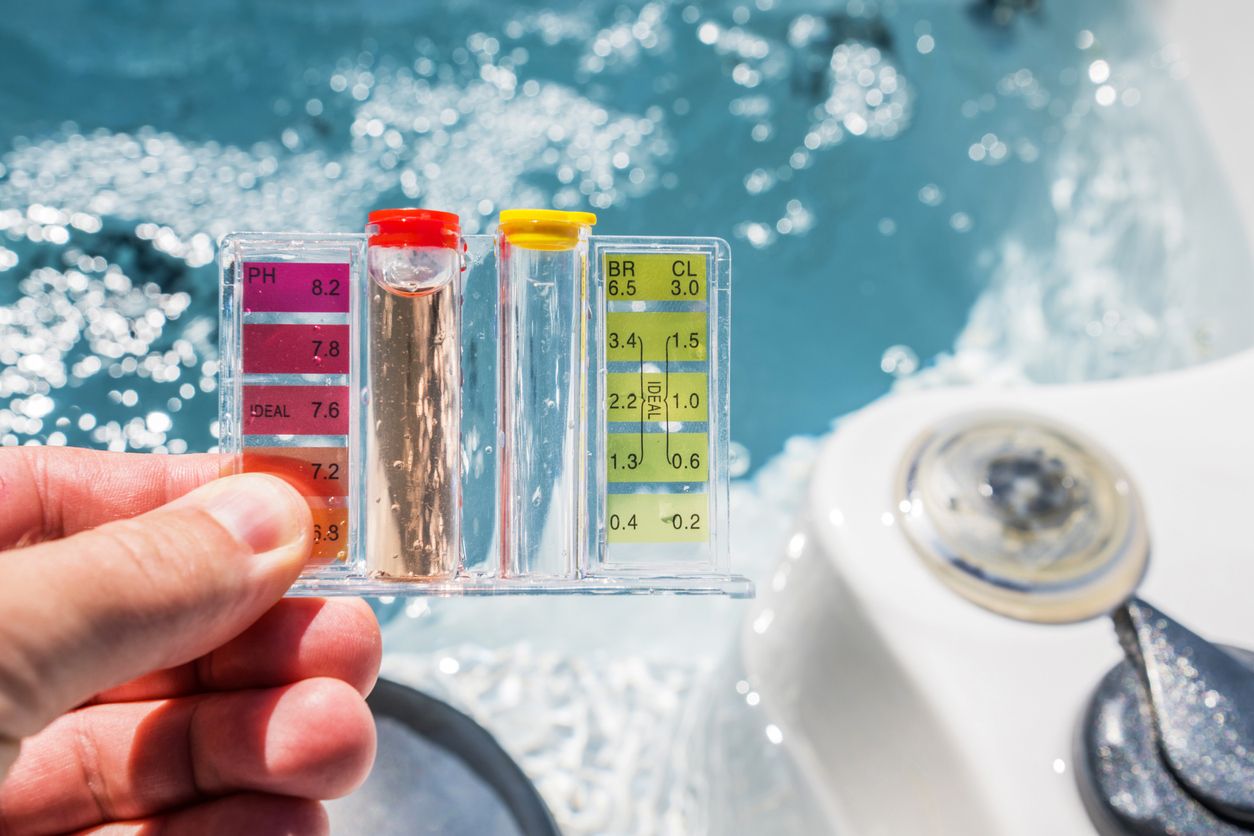


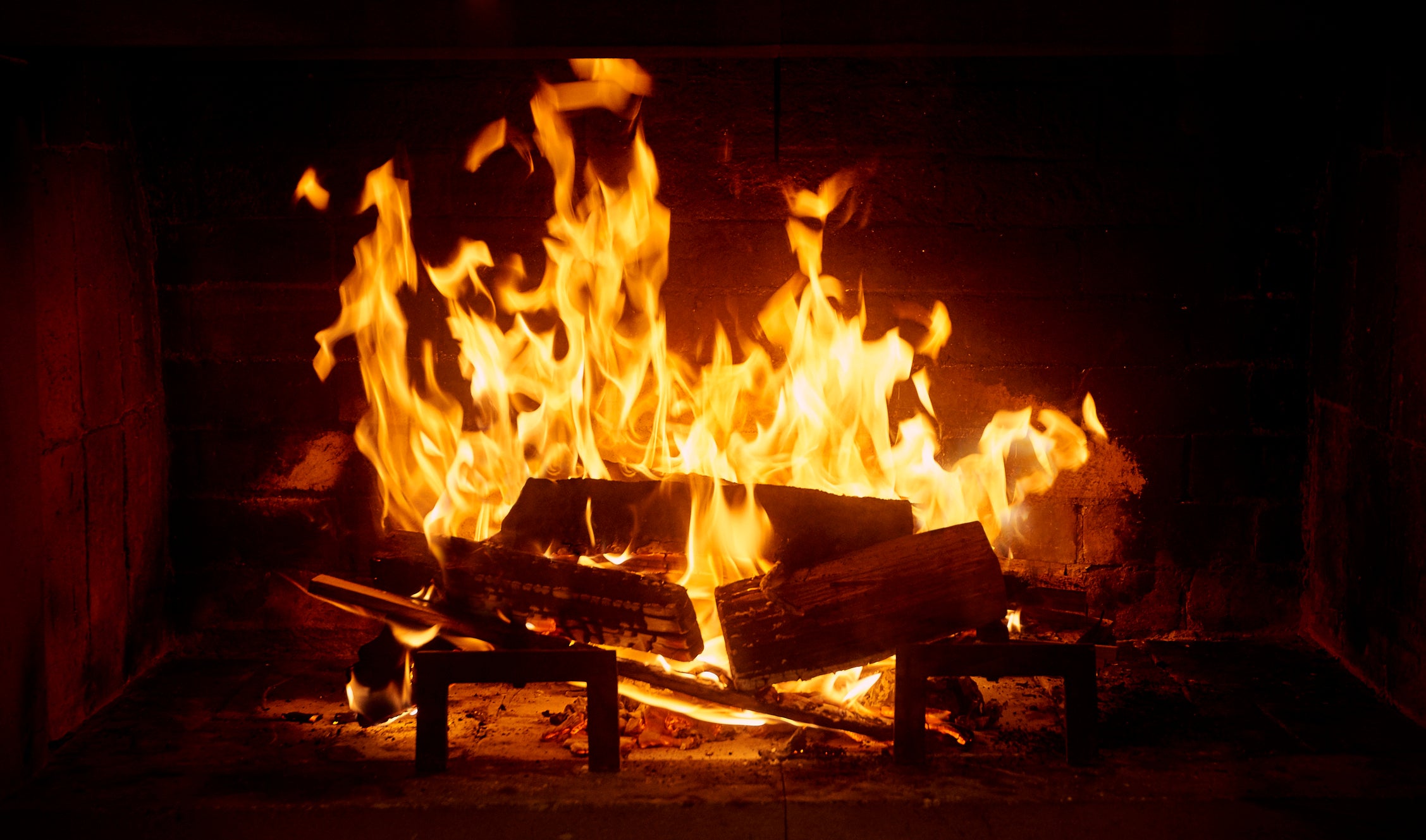
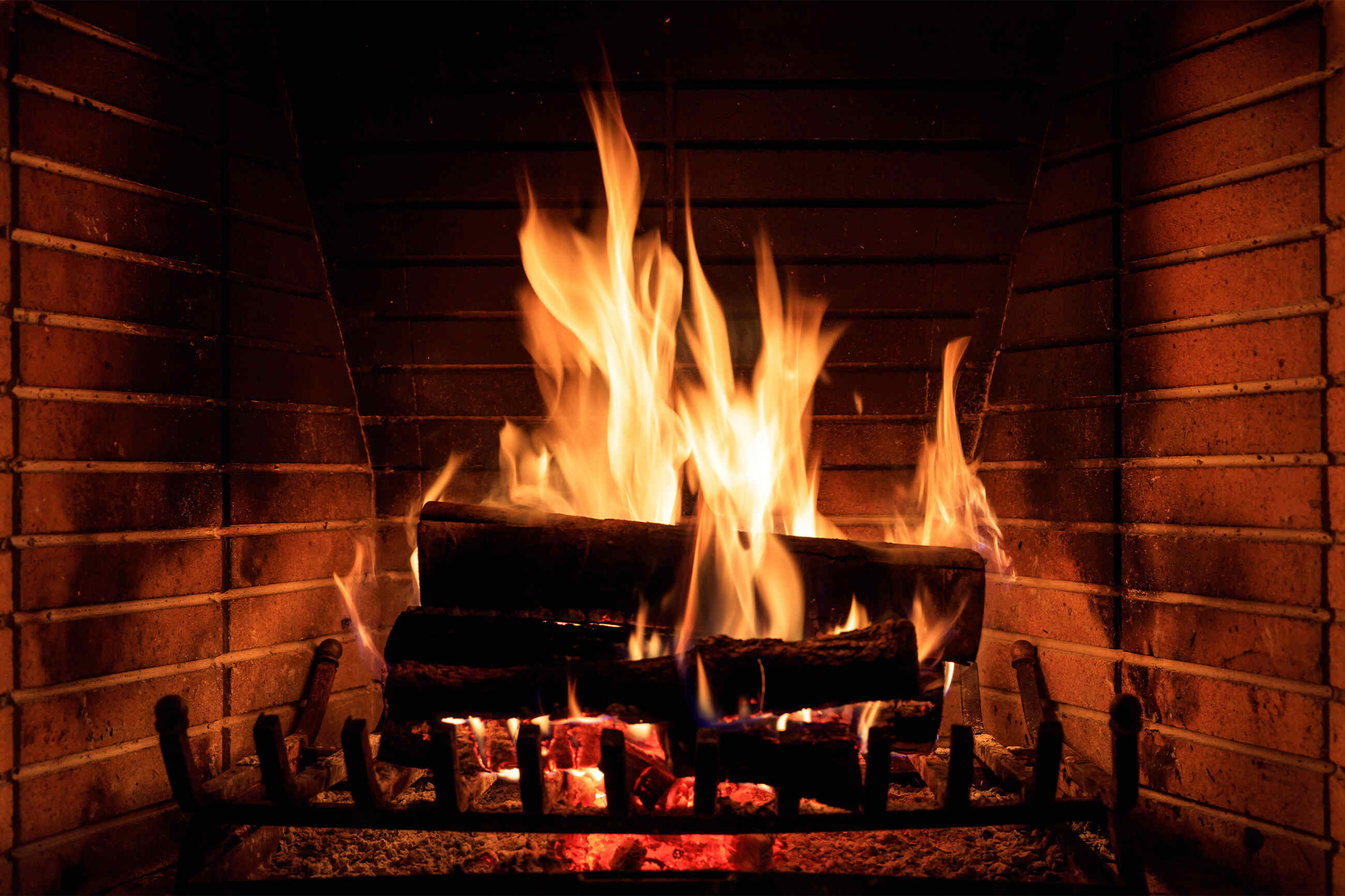
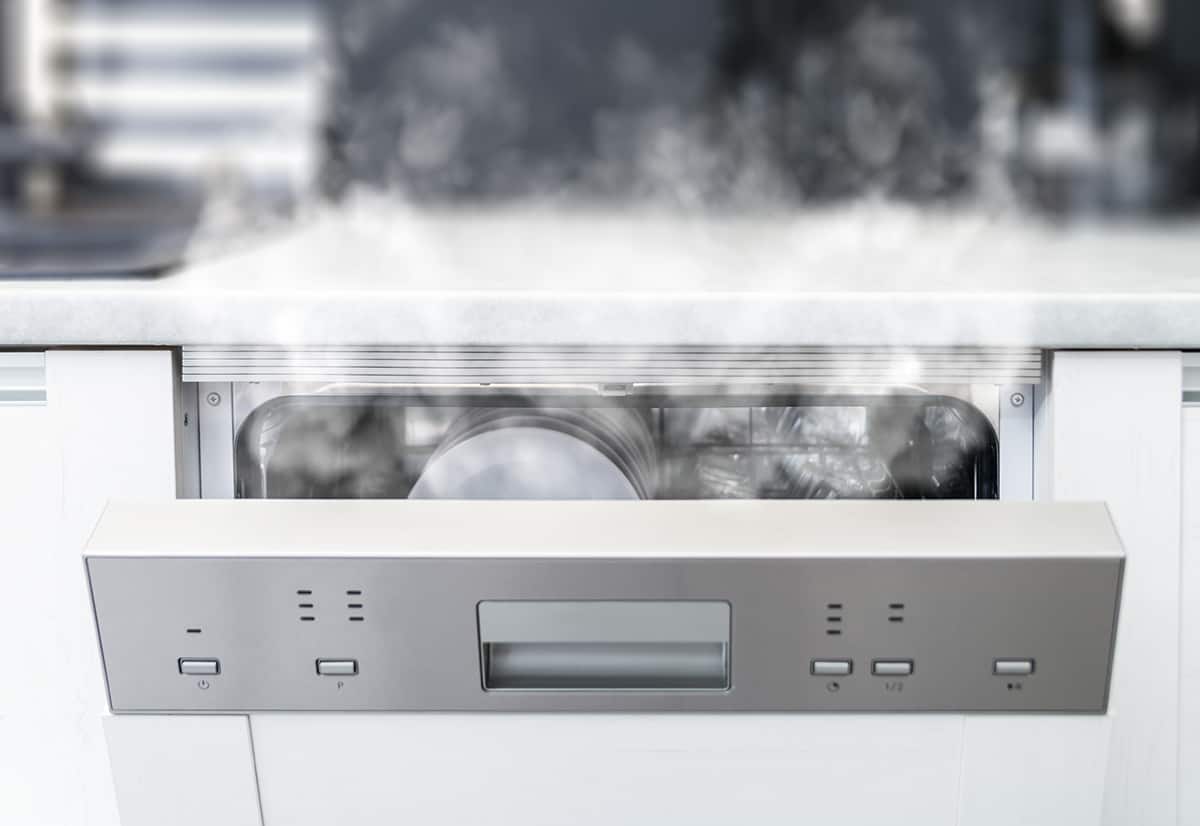
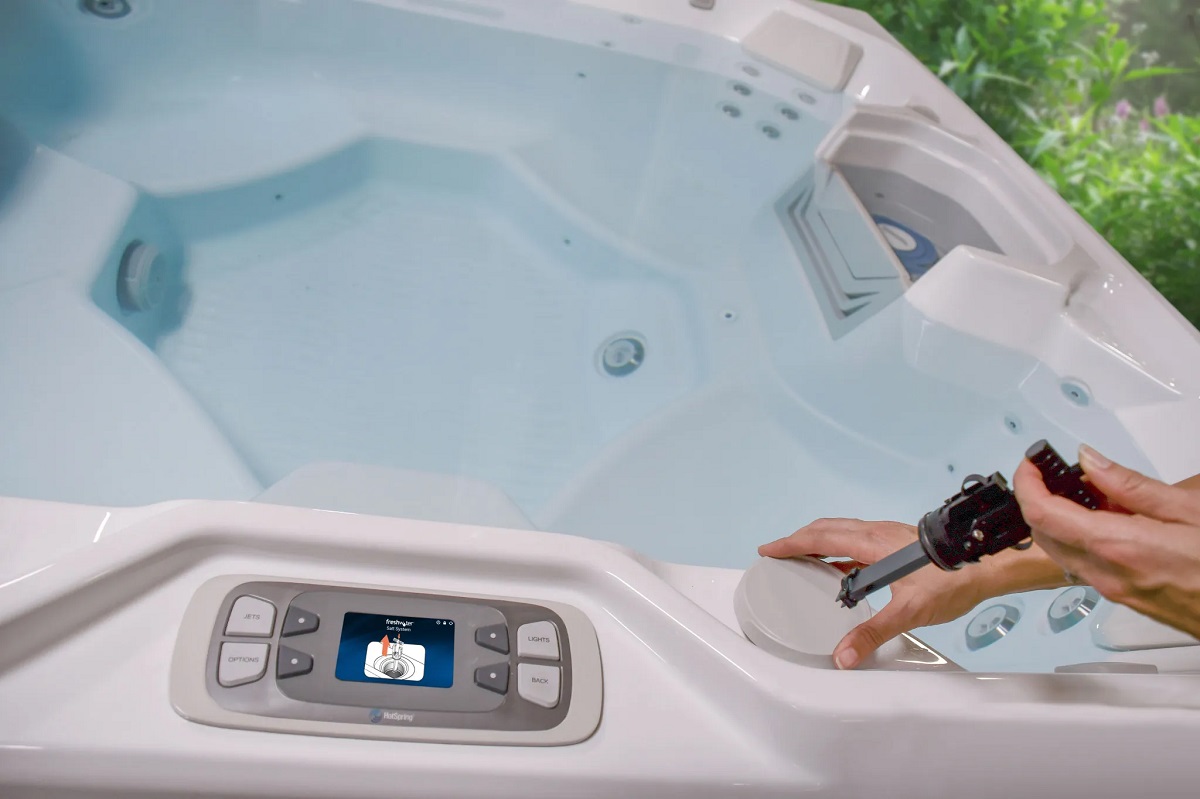


0 thoughts on “What Does A Thermostat Do If It Gets Too Hot”